Humans
Sign up for our newsletter
We summarize the week's scientific breakthroughs every Thursday.
-
 Health & Medicine
Health & MedicineReaders question mental health research
Maintaining mental health, protecting ocean critters and more in reader feedback.
-
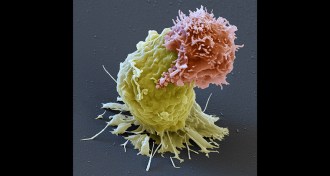 Health & Medicine
Health & MedicineEngineered immune cells boost leukemia survival for some
Engineered immune cells can extend life for some leukemia patients.
-
 Environment
EnvironmentWhen coal replaces a cleaner energy source, health is on the line
Health concerns prompted a shift from nuclear power to coal. But that shift came with its own health troubles, a new study suggests.
-
 Psychology
PsychologyOut-of-body experiments show kids’ budding sense of self
Sensing that “my body is me” starts early and develops over many years.
By Bruce Bower -
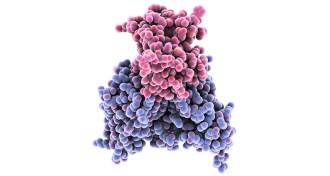 Health & Medicine
Health & MedicineGetting dengue first may make Zika infection much worse
Experiments in cells and mice suggest that a previous exposure to dengue or West Nile can make a Zika virus infection worse.
-
 Health & Medicine
Health & MedicineFor kids, daily juice probably won’t pack on the pounds
An analysis of existing studies suggests that regular juice drinking isn’t linked to much weight gain in kids.
-
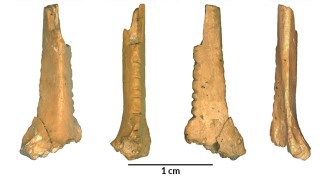 Anthropology
AnthropologyNeandertals had an eye for patterns
Neandertals carved notches in a raven bone, possibly to produce a pleasing or symbolic pattern, scientists say.
By Bruce Bower -
 Health & Medicine
Health & MedicineSpray-on mosquito repellents are more effective than other devices
To avoid mosquito bites, stick with spray-on repellents and skip the bracelets and citronella candles, a new study says.
-
 Health & Medicine
Health & MedicineDon’t put greasy Q-tips up your kid’s nose, and other nosebleed advice
Nosebleeds in children are common and usually nothing to fret about.
-
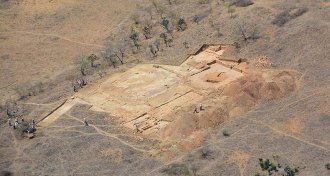 Archaeology
ArchaeologyPalace remains in Mexico point to ancient rise of centralized power
An ancient royal structure gets new life in southern Mexico.
By Bruce Bower -
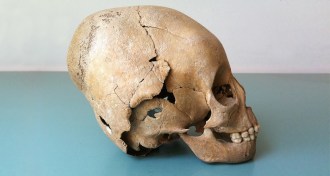 Archaeology
ArchaeologyAncient Romans may have been cozier with Huns than they let on
Nomadic Huns and Roman farmers shared ways of life on the Roman Empire’s fifth century frontier.
By Bruce Bower -
 Health & Medicine
Health & MedicineDengue fever spreads in a neighborly way
Individual strains of dengue spread locally, and new infections cluster near the home of the first person affected.